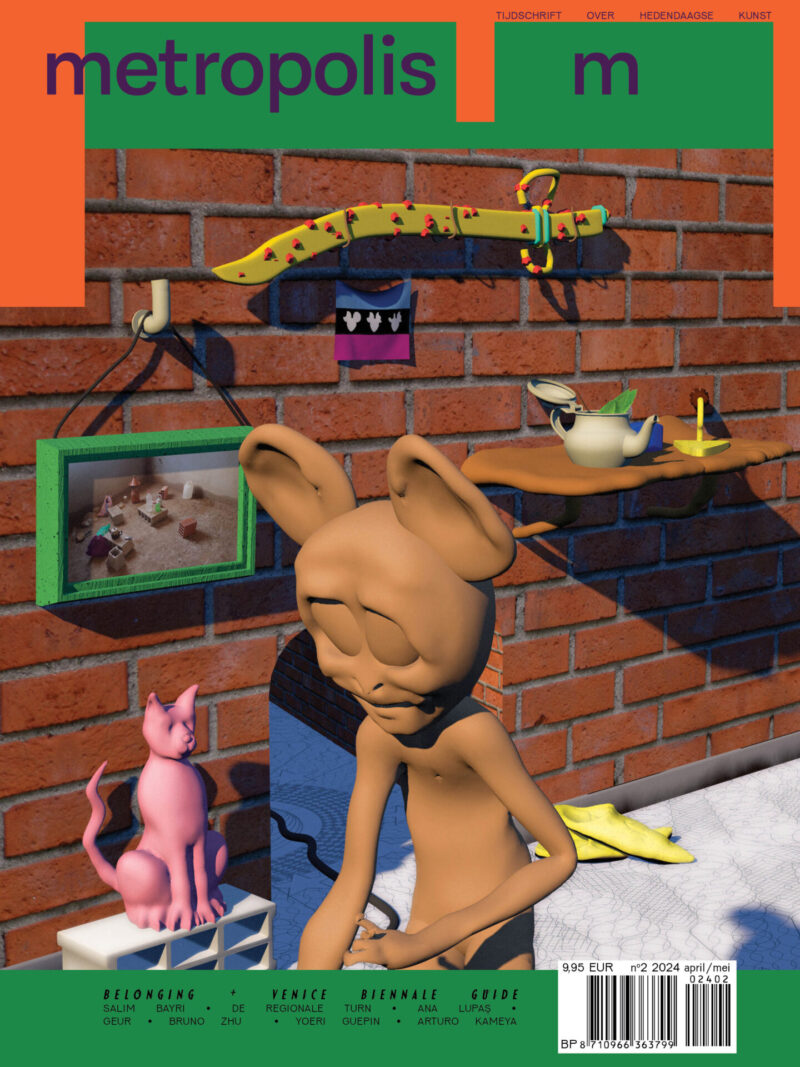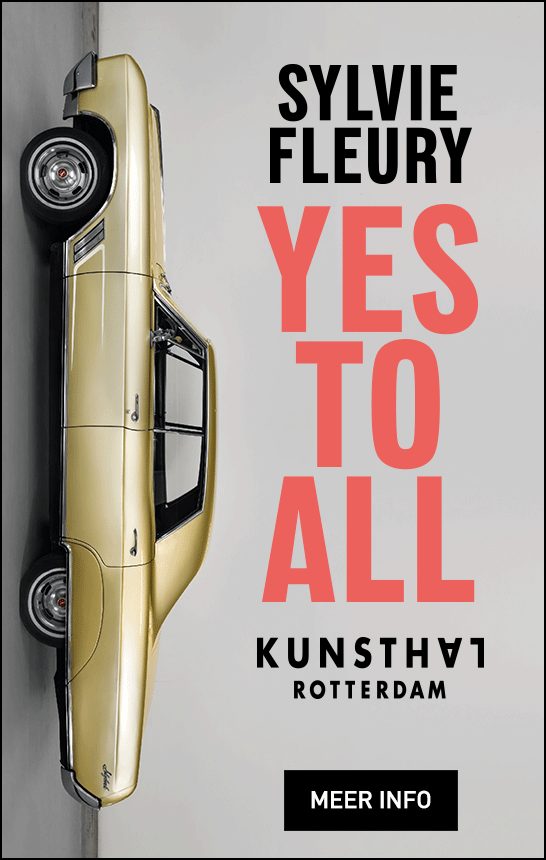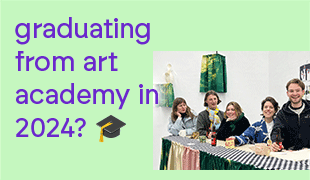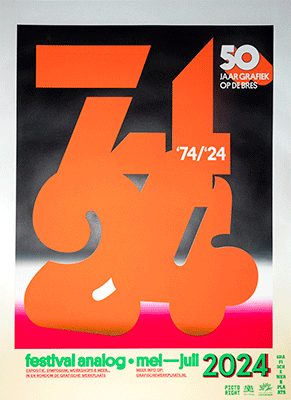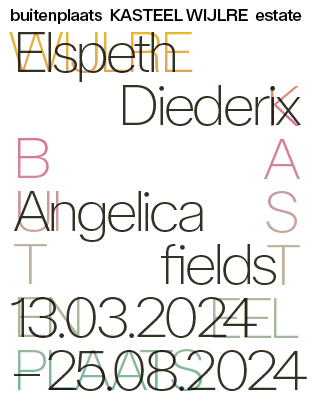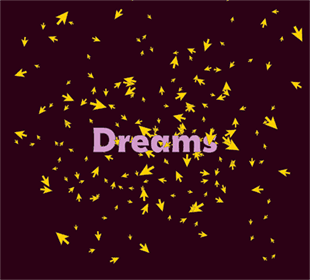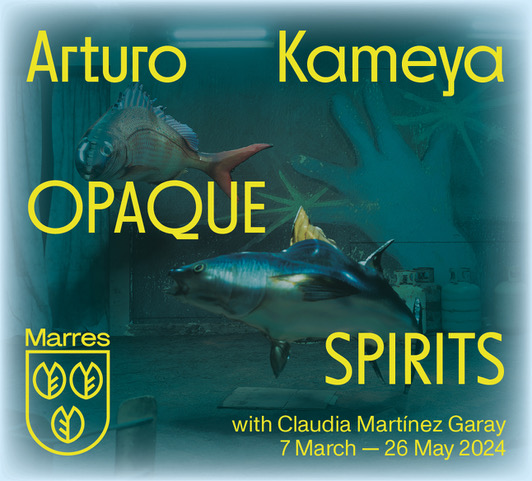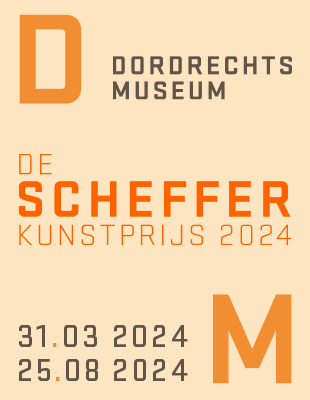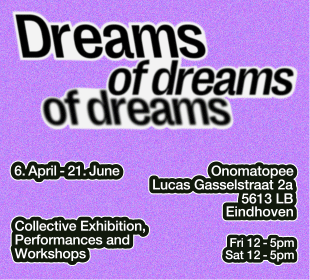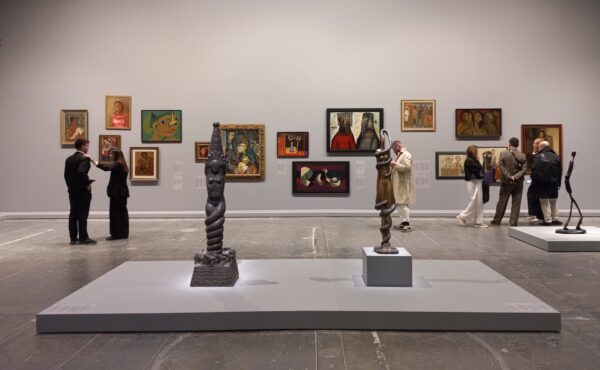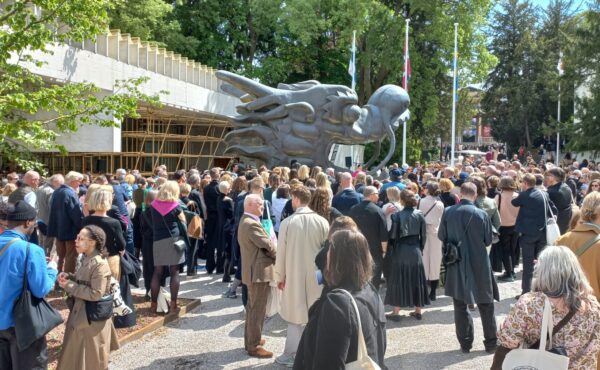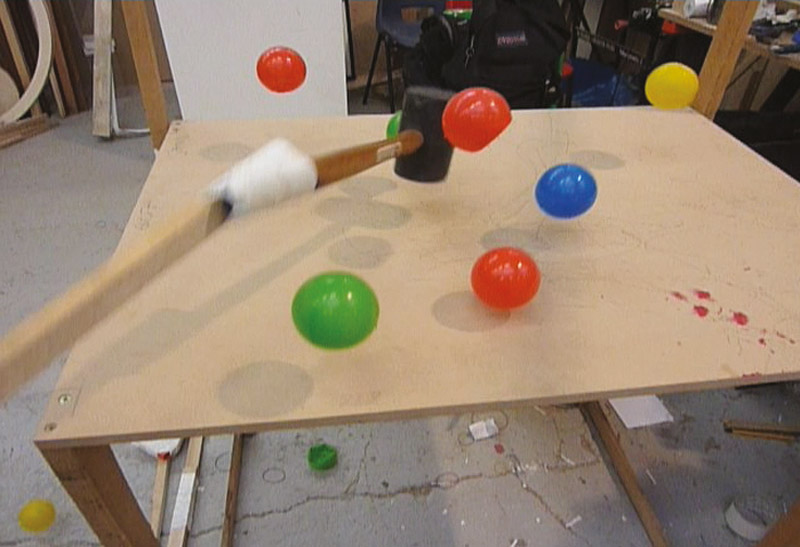
London’s young artists New Contemporaries at ICA
This year’s New Contemporaries exhibition at the ICA seems to look calmer after the last crowded edition. However, New Contemporaries 2011 still shows the vast amount of work by forty recent UK fine art graduates. Using the usual system of selecting artists from a large number of applications, the artists participating are all still in art school or just graduated, giving an overview of what might be coming in the art world. This year, the selectors were Pablo Bronstein, Sarah Jones and Michael Raedecker.
In the small accompanying guide, it states that the exhibition ‘shows the range of materials and processes employed by artists today such as appropriation, traditional studio practice, spatial interventions, digital production, collaboration, the use of chance and found objects.’
That range turns out to be extremely wide; because of all the different modes of practice of forty artists, the Bloomberg New Contemporaries never fails to look like an institutionalized graduate show.
One of the first works that catches the eye is Samuel Williams’s We are the Robots (2010), in which the artist uses ‘robot arms’ to paint and make sculptures. In the same room, David Buckley shows small work on MDF plinths, one of the few sculptures in the exhibition. His small cast bronzes and organic plaster sculptures connect to a focus on material in sculpture that can be seen everywhere in the shows of London’s young artists.
The work that stands out the most, because of its size and execution, is Minae Kim’s Stairs to the Ground (2011). Her build in stairs lead to nowhere but a normally unseen window of the ICA, softly lit by different shades of light.
Upstairs, in the space that people tend to forget because it is not often used for the regular exhibitions in the ICA, it seems to be the place for all the works that could not be fitted downstairs. One black box has been build for video works by about ten different artists, making it almost impossible for the visitor to see all the works. Unfortunately the painting upstairs is not of a very high quality, and in some cases even reaches the border of the embarrassing, as in Rafal Zawistowski’s messy wax Jesus painting. Combined with some uninteresting animations, the top floor of the exhibition could have been completely forgotten, if it was not for some good photography. Even though they are hung in the staircase, Ute Klein’s Resonant Entanglements manage to catch the eye, showing almost sculptural images of people. Also Cornelia Baltes’ quiet, painterly photographs manage to get it right. Bloomberg New Contemporaries shows so many artists with such a multiplicity of working methods that it is hard to tell what insight they give us about art production in the coming years, but luckily there is always enough there that manages to give us faith in the future.
Bloomberg New Contemporaries 2011 – In the Presence
23 November 2011 – 15 January 2012
Institute of Contemporary Arts, London
Rianne Groen
